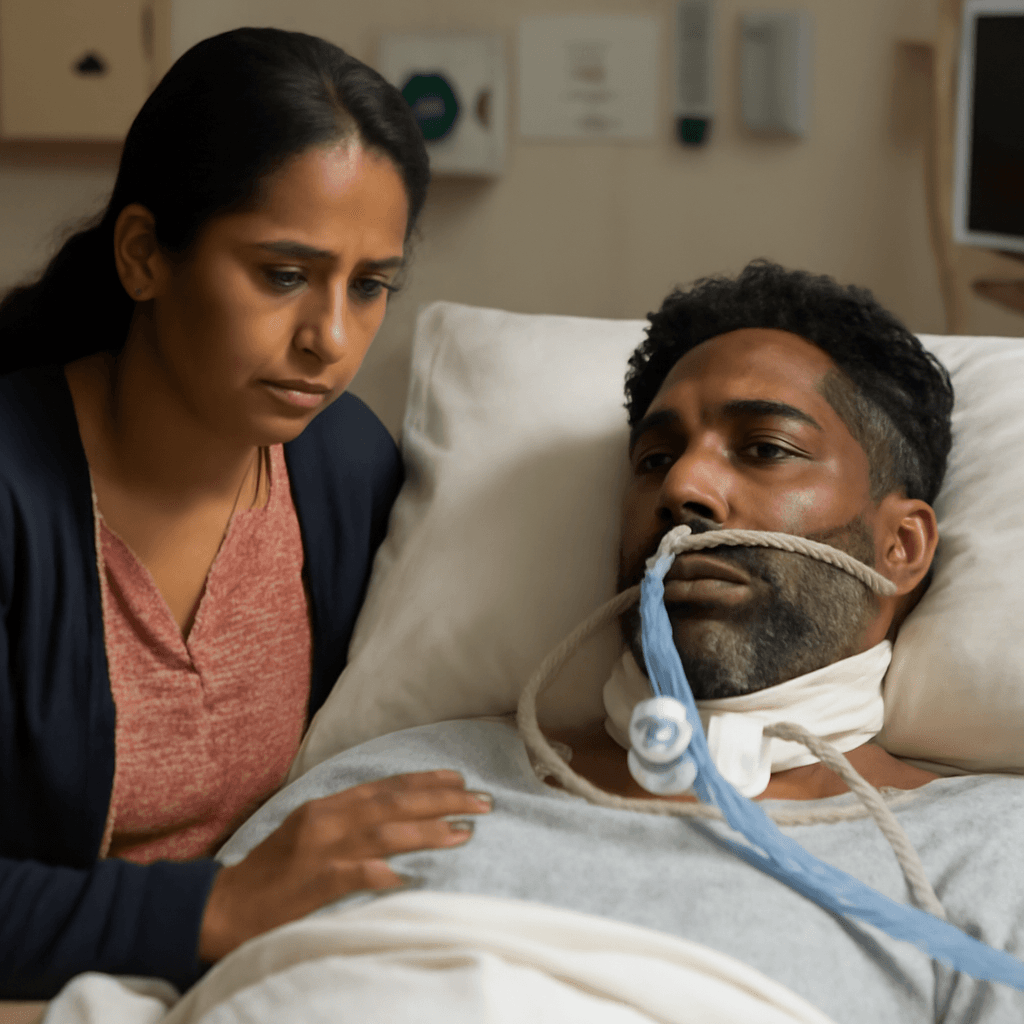Erin Patterson Found Guilty of Murder in High-Profile Mushroom Poisoning Case
After an intense nine-week trial, the Supreme Court of Victoria has found Australian Erin Patterson guilty on all counts for deliberately poisoning three relatives of her estranged husband with deadly mushrooms. The shocking case, which captivated the nation, ended Monday with a unanimous jury verdict following six days of deliberation.
The Fatal Lunch: Murder by Death Cap Mushrooms
In 2023, at Patterson’s residence in Leongatha, she served a lunch consisting of beef Wellington pastries laced with death cap mushrooms — a highly toxic fungi responsible for multiple deaths worldwide. Tragically, three of her four guests succumbed to the poisoning: Don and Gail Patterson, her parents-in-law, and Gail’s sister Heather Wilkinson. The fourth guest, Heather’s husband Ian Wilkinson, survived but suffered severe health consequences.
Key Legal Questions and Evidence
The jury was presented with irrefutable evidence that Patterson served the poisonous mushrooms. The pivotal issue centered on whether she knowingly included these lethal fungi with the intent to kill or if the act was a grievous accident, as her defense claimed—suggesting that she mistakenly incorporated foraged mushrooms without knowledge they were death caps.
The defense argued Patterson had no motive to commit such a crime; she was financially stable, sole custodian of her children, living in a new home, and preparing to pursue nursing and midwifery studies. However, prosecutors emphasized strained family relationships and hidden animosities, especially toward her estranged husband and his family, to suggest premeditation.
Behind the Scenes: Unraveling Motives and Behavior
The prosecution portrayed Patterson as harboring a dual persona: a congenial relative in public, but privately resentful and frustrated. Notably, the estranged husband, Simon Patterson, was invited to the meal but did not attend, underscoring the turbulent family dynamic.
Intriguing trial details included:
- The use of individual beef Wellington pastries instead of a family-sized portion, allegedly so Patterson could selectively lace servings with poison.
- Patterson’s addition of dried mushrooms from her pantry to the recipe.
- The disposal of a food dehydrator—an object linked to mushroom preservation—which she initially denied owning.
- Her children being sent out to see a film during the fatal lunch.
- Patterson’s unique reaction to the meal, claiming vomiting afterward was linked to an eating disorder rather than poisoning.
These factors painted a complex picture with many unanswered questions about intent and psychology.
Public and Media Reaction
The case attracted intense media scrutiny throughout the trial, resulting in packed courtrooms and widespread public interest. Images of privacy screens shielding Patterson’s home surfaced in the news, highlighting community tensions.
Expert Insight: The Challenge of Proving Intent in Poisoning Cases
From a legal perspective, poisoning trials present unique challenges, especially when the accused claims accidental ingestion of toxins. Australian criminal law requires prosecutors to prove beyond a reasonable doubt that the defendant intended harm. This case exemplifies how meticulous evidence gathering—examining behavior patterns, ingredient sourcing, and forensic toxicology—plays a crucial role.
Moreover, the case underscores the broader societal issue of domestic strife and the catastrophic consequences when personal grievances escalate to violence. It raises poignant questions about mental health support and conflict resolution within families under strain.
Upcoming Sentencing and Future Implications
Patterson now faces a potential life sentence, with her sentencing scheduled for a later date. The verdict is expected to resonate through Australian legal circles, highlighting the need for vigilance regarding household safety and the dangers of wild mushroom foraging.
Editor’s Note
This tragic case presents a stark reminder of the thin line between accident and intent in criminal law. While the evidence tilted heavily toward deliberate harm, the emotional and psychological layers involved invite ongoing reflection on family dynamics and the hidden struggles many face behind closed doors. As the community awaits sentencing, critical questions linger: Could more effective communication or intervention have prevented this tragedy? What support systems can help break cycles of hidden familial conflict before they turn deadly?



















